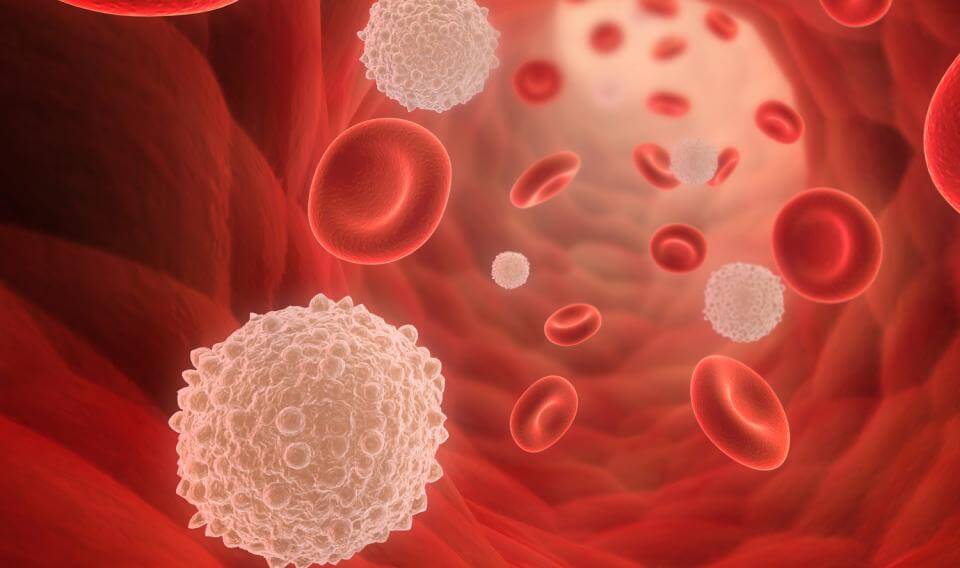How is the food digested, how are our blood cells absorve the digested food? Information on digestion and absorbtion on food.
From your food, you get water, minerals, and vitamins. These materials do not have to be chemically changed before they can get into your blood and be carried to your cells. You also eat such kinds of food as carbohydrates, fats, and proteins. Starch and sugar are carbohydrates. Greasy and oily foods like butter, lard, and salad oil contain fats. There are proteins in such foods as lean meat, egg white, milk, cheese, peas, and beans. Except for one kind of sugar, all these different kinds of food must be digested before they can be absorbed into the blood.

Source : pixabay.com
Each kind of food needs one or more chemicals called enzymes to make it change and dissolve. The enzymes that change food chemically are made in the digestive glands of the body. Mixed with water, these enzymes form the various digestive juices that are poured on the food as it passes through the alimentary canal. Each digestive juice has its own kind of enzymes, and each kind of enzyme causes a chemical change in just one kind of food. Your teeth and the muscles of your stomach and small intestine break the food into bits and mix them with digestive juices. Bits of food can be digested more easily than larger pieces, because the enzymes can touch more of them and then dissolve them more quickly.
If you chew a craeker or a piece of bread very thoroughly, you will notice that it tastes slightly sweet af ter a while. The cracker or bread contains much starch, which is changed into sugar by an enzyme in saliva. Of course, you do not ordinarily hold food in your mouth so long before swallowing it. However, the enzyme in saliva keeps acting on the starch for some time af ter the food passes into the stomach. Here the digestion of proteins begins. The gastric juice contains a little hydrochloric acid and an enzyme called pepsin, together with another enzyme that helps digestion.
Hydrochloric acid does not change proteins, but it helps pepsin digest them.
Before food leaves the stomach, the proteins are almost entirely changed into materials that dissolve. Yet careful tests show that gastric juice alone has not made the proteins ready for use in the body. Further chemical changes must take place in the small intestine. Starches are still not completely changed into sugars by theenzyme in saliva, and neither sugars nor fats have yet been digested at all. The pancreatic juice contains enzymes that help dissolve all three kinds of food-proteins, fats, and carbohydrates. Bile does not contain any digestive enzymes. But it is important in digestion because it breaks up the fats into tiny bits so that an enzyme in the pancreatic juice can digest the fats more easily. Other enzymes in the intestinal juice complete the digestion of proteins and sugars.

Source : pixabay.com
The different kinds of food are now ready to be absorbed into the blood. Some of the dissolved food goes into the blood through the lining of the stomach, but most of it goes through the lining of the small intestine. Here the dissolved food is absorbed almost as fast as it isdigested. The small intestine has a very thin lining. A great deal of dissolved food can touch this lining because it has a very large area. The small intestine is over 20 feet long. Sticking out from the lining into the liquid in the sm all intestine are thousands of tiny fingerlike projections called villi. Each villus is about 1/25 of an inch long. In some parts of the small intestine, the villi make the absorbing surface fifteen times larger than it would otherwise be. So the small intestine can absorb dissolved food much faster because it has a very large area. if its lining were smooth, the small intestine could not dissolve food very fast.
Digested carbohydrates and digested proteins both go directly into the blood, Howing through tiny tubes called capillaries in the villi. A capillary has very thin walls, and it is much too small to be seen with the naked eyes. From these capillaries, the blood Hows through a vein to the liver and then on to other parts of the body, However, digested fats go into other tiny tubes caUed lacteals in the villi and then through a long tube that empties into a vein near the left should er. Either way, the digested food finally gets into the blood, which carries it to all the cells in the body.